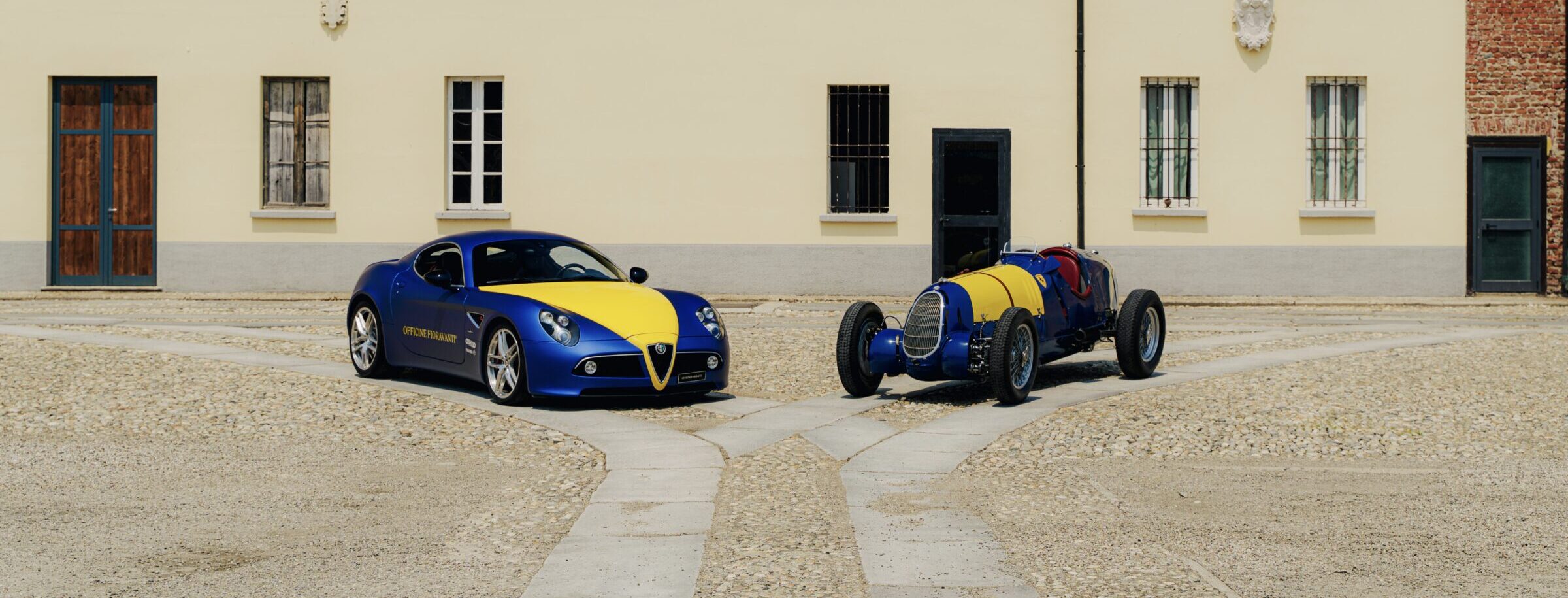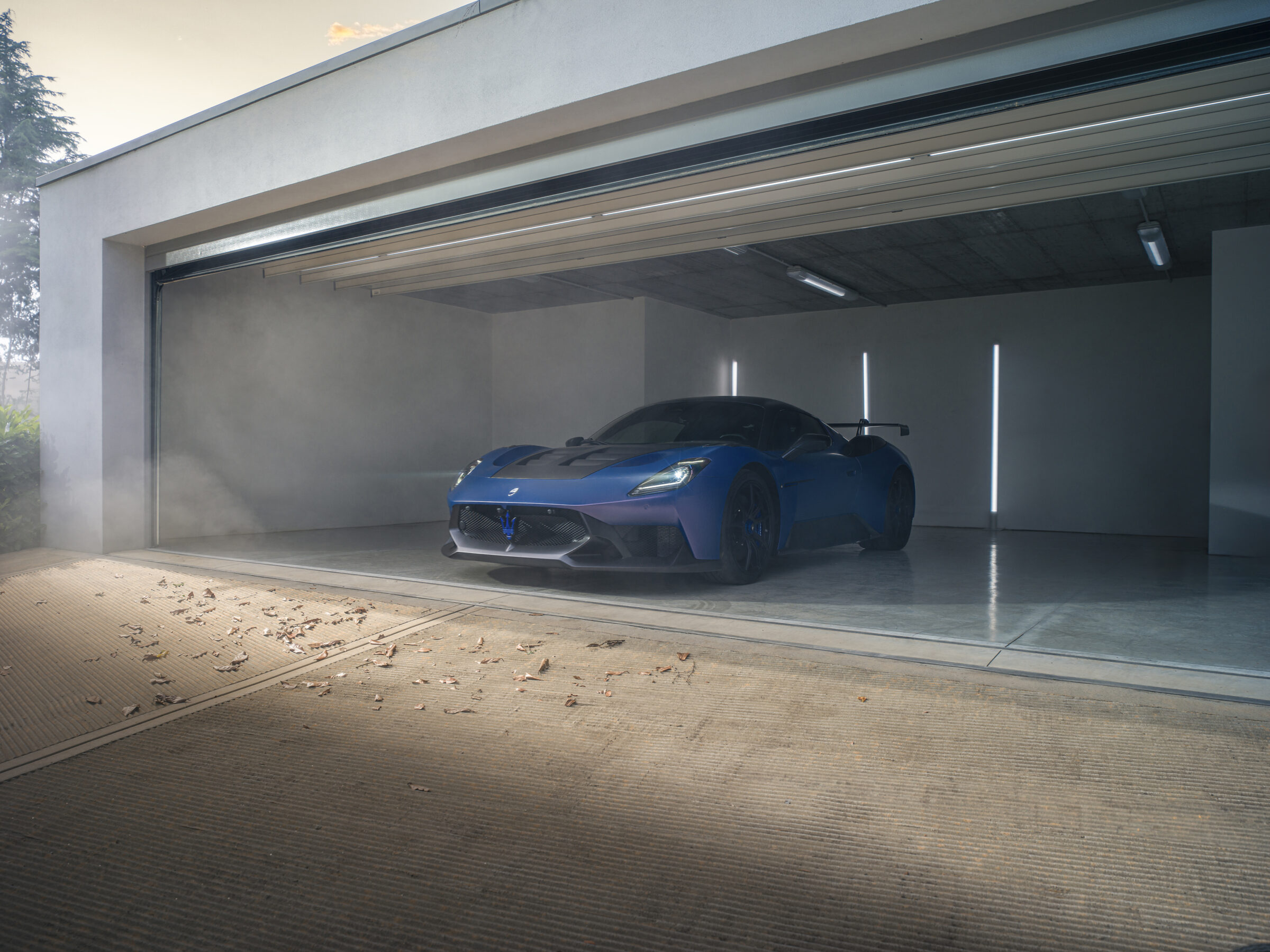Maserati 5000 GT by Ghia
Today it is hard to imagine, but the Italian brand Maserati originally built almost only racecars from their founding in 1914 until the market launch of the 3500 GT in 1957. Due to various successes they had a good reputation and were known up into the highest circles. In 1959, a rather unusual request arrived in the board room of Maserati. They were highly indebted due to their Formula 1 achievements until 1957, which ended with a World Championship title. Since then the motorsport parts were lying around in the company unused. Now Mohammed Reza Pahlavi, the Shah of Persia, ordered a road-legal sports car with the V8 engine from the racing car 450S, enlarged to five liters of displacement.
Under the leadership of Giulio Alfieri, a completely new vehicle with the internal project code AM103 was created on the basis of a reinforced chassis of the 3500 GT, which was finally christened the 5000 GT. Already during its development, some car collectors of the time read in car magazines about this project. Some of them also sent their orders to Maserati. Thus, after the world premiere of the Shah car on the Turin Motor Show in 1959, two more vehicles with the racing engines were built. Subsequently, the engine department domesticated the V8 by increasing the stroke and reducing the size of the cylinder bore with the continued use of four Weber twin carburetors to enhance everyday practicality. From the now 4,941 cubic centimeters (previously 4,937) it now delivered around 325 hp. From 1961 Maserati optionally offered an engine version with Lucas gasoline injection. In the last 5000 GT ever built, Maserati mounted a 4.7-liter V8 engine, as no 450S engine was left.
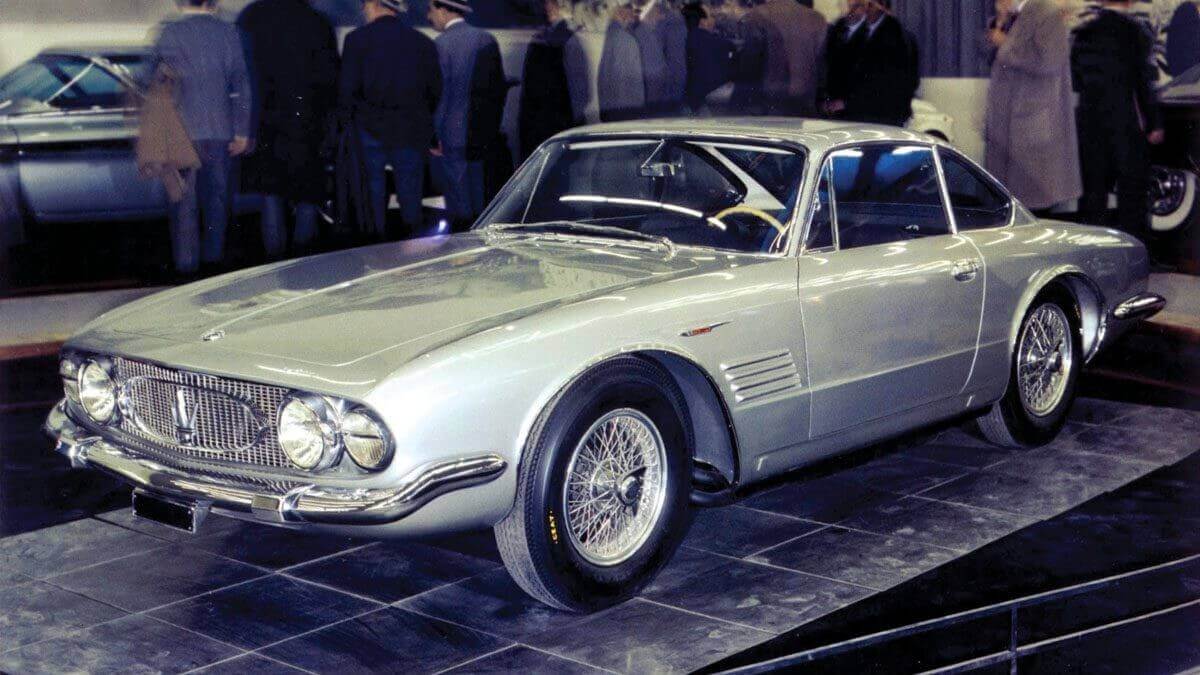

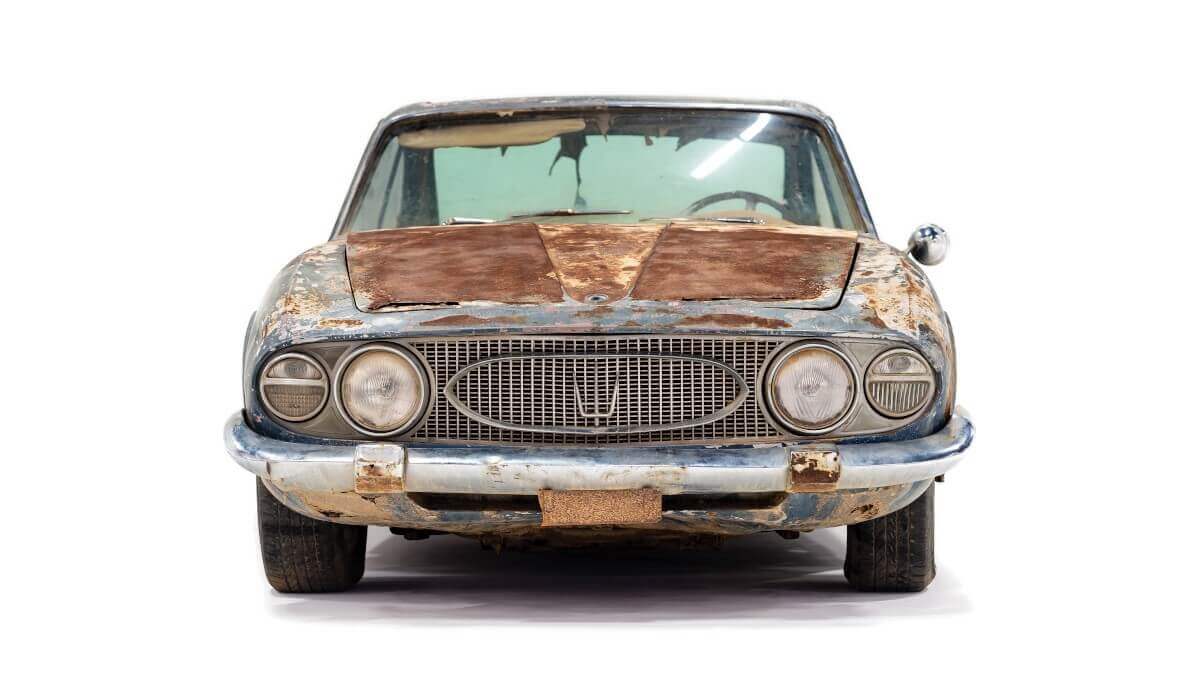

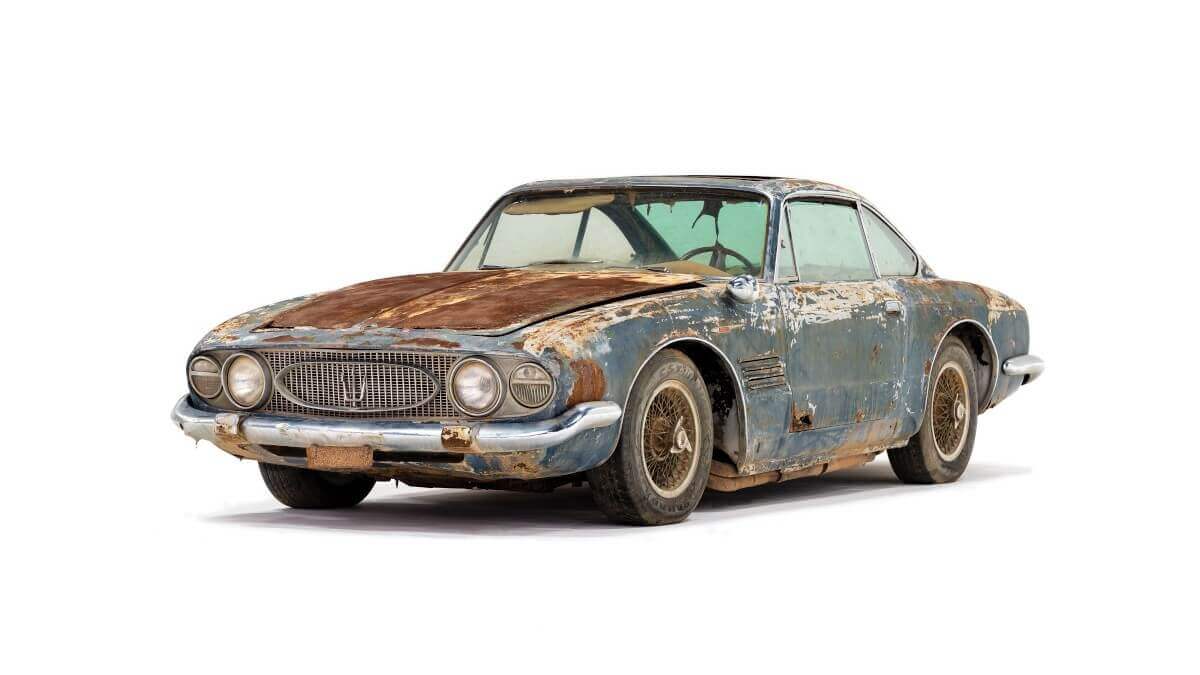

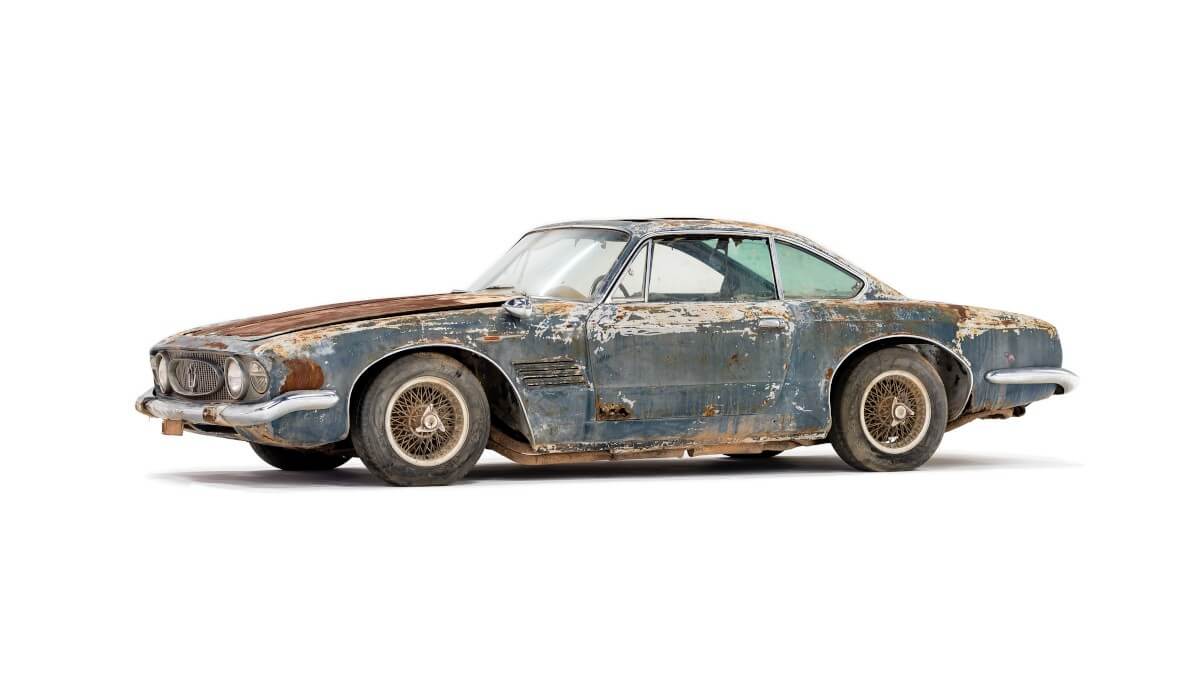

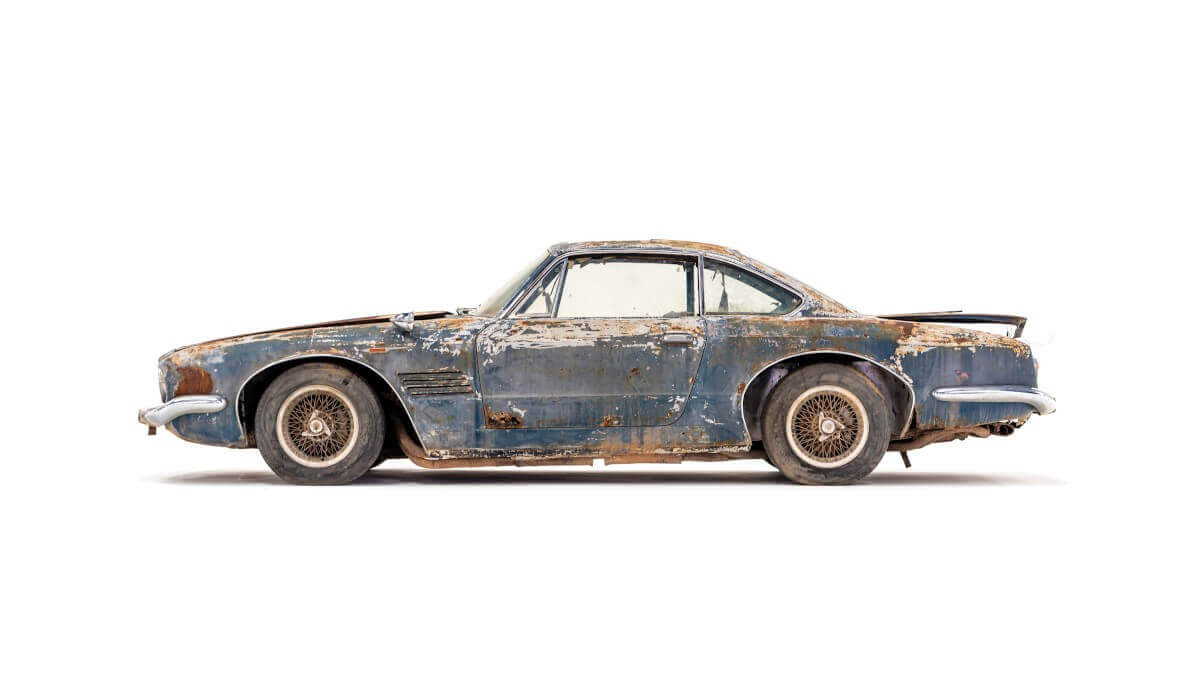

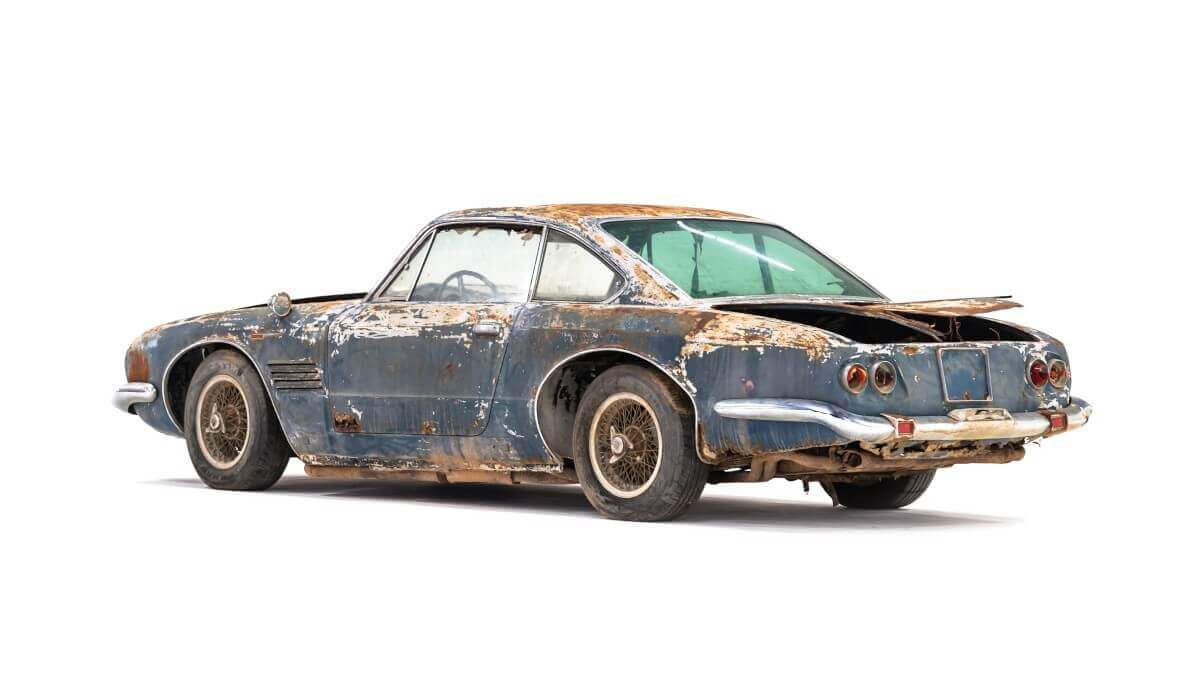

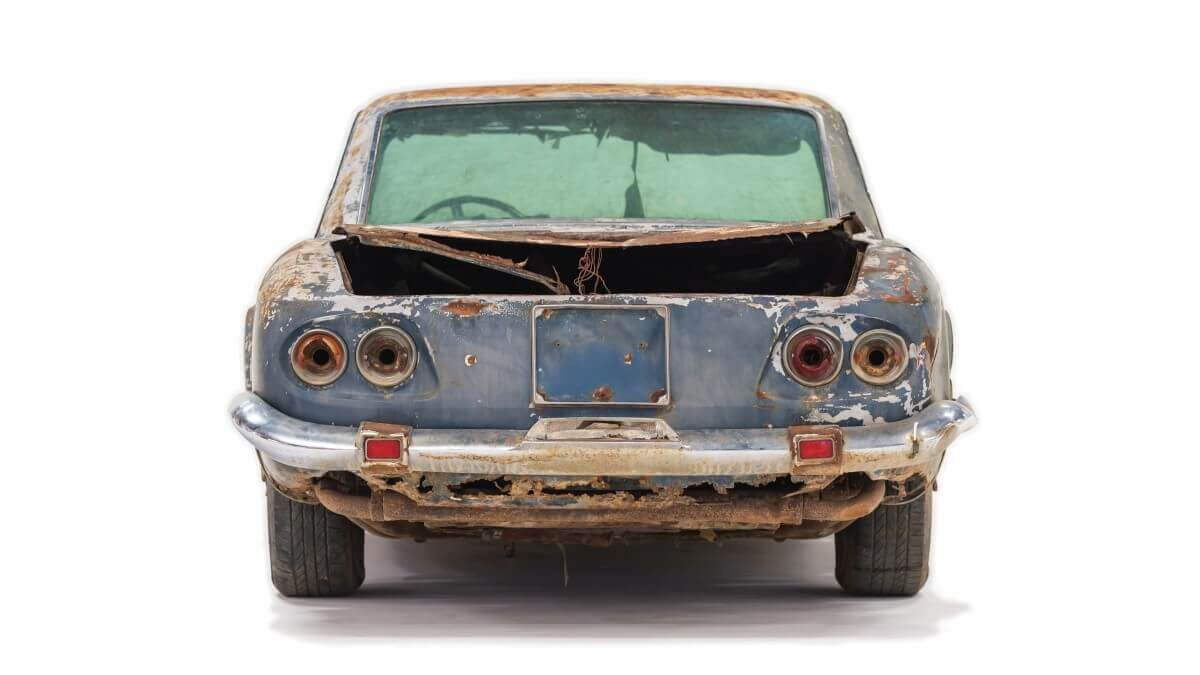

Maserati built only rolling chassis at the time. For the bodies, the interested customers were referred to renowned companies of the time. Still, it’s amazing that with only 34 copies of the 5000 GT built, a total of eight different coachbuilders had their hands on the game. The car of the Shah of Persia was built by Touring. It was followed by other bodyworks of Allemano, Frua, Bertone, Monterosa, Michelotti and Pininfarina. Added to this was a special one-off designed vehicle by Sergio Sartorelli at Ghia on behalf of Fernandino Innocenti, the inventor of Lambretta scooters. This ninth ever built 5000 GT with the chassis number AM103 018 rolled out of the production hall in July 1961. Visually, the car already shows various details that could later be found on other Ghia designs. Sartorelli later drew even more vehicles such as the Fiat 126, Fiat 2300 Coupé, Volkswagen Karmann Ghia Type 34 or the Chrysler Ghia Crown Imperial. Since he also designed some early prototypes of the Lambretta scooters, he was Fernandino Innocenti’s first choice when it came to his 5000 GT.
Innocenti had lost everything during World War 2. His factories were destroyed in the bombings. Instead of retreating he looked at the needs of the population and finally developed in 1947 the Lambretta scooter as a cheap means of mass transport. This made him relatively quickly very wealthy again. His new 5000 GT adorned the Ghia stand at the 1961 Turin Motor Show. In addition, Maserati loaned the car to Bernard Cahier, editor of the ‘Sports Car Graphic’ journal, prior to delivery. He published his high-speed driving report in the January 1962 issue. Here is a quote from this article: “We found ourselves glued to our seats by the tremendous acceleration such as is found only in racing cars. I have driven many fast cars before, but never did I feel such power coming on so fast, so fast indeed that when I shifted from 3rd into top gear on the first little straight, I found that the car was already doing 135 mph!”
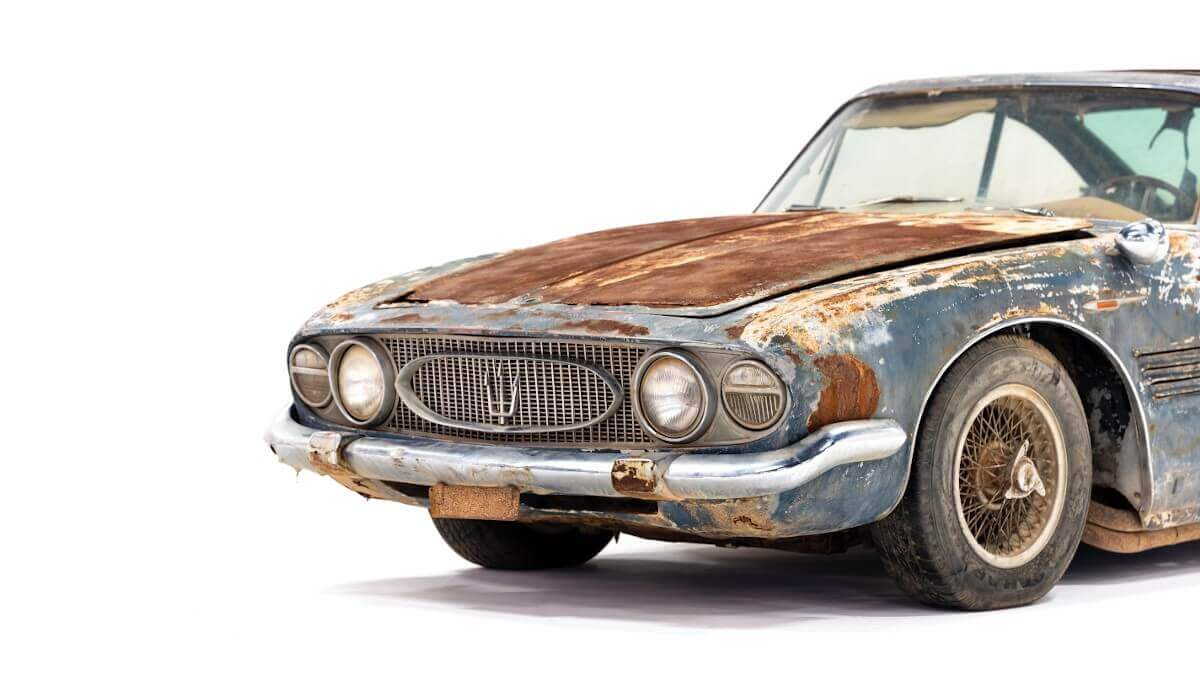

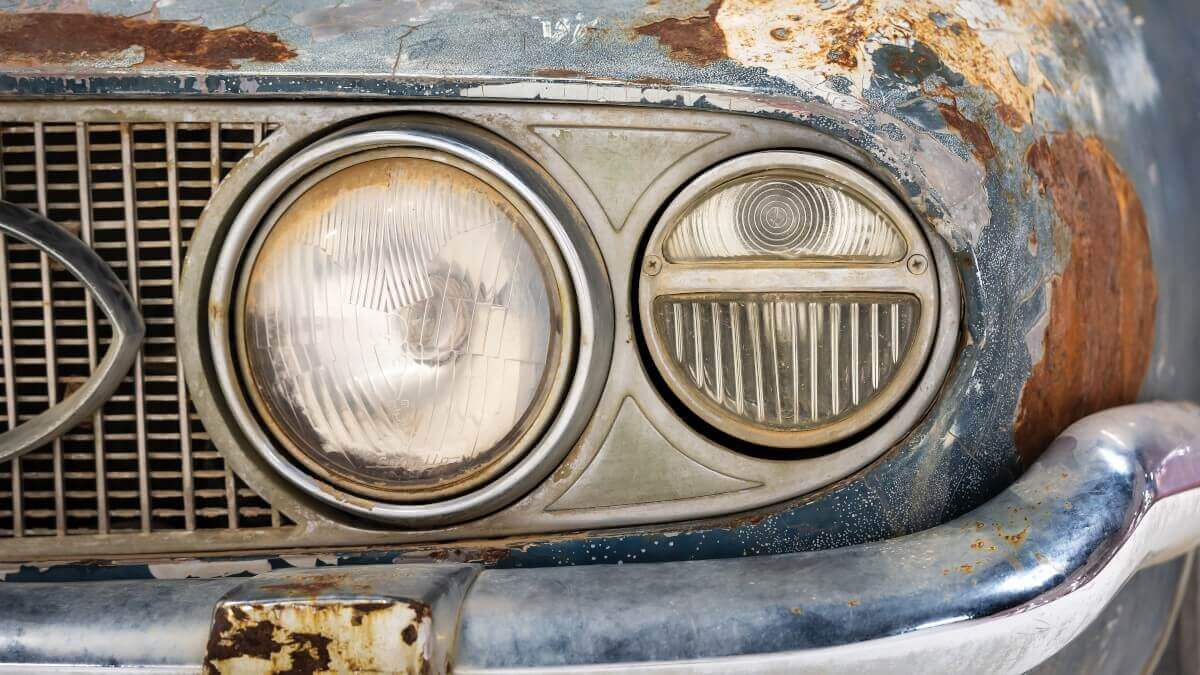

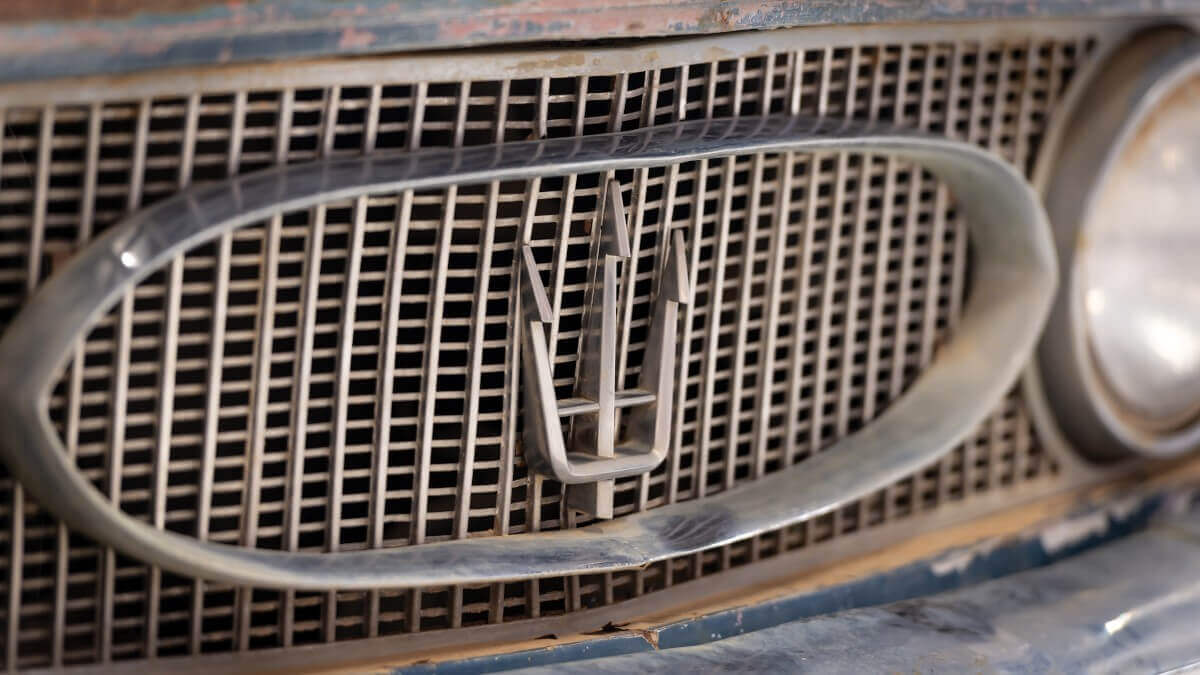

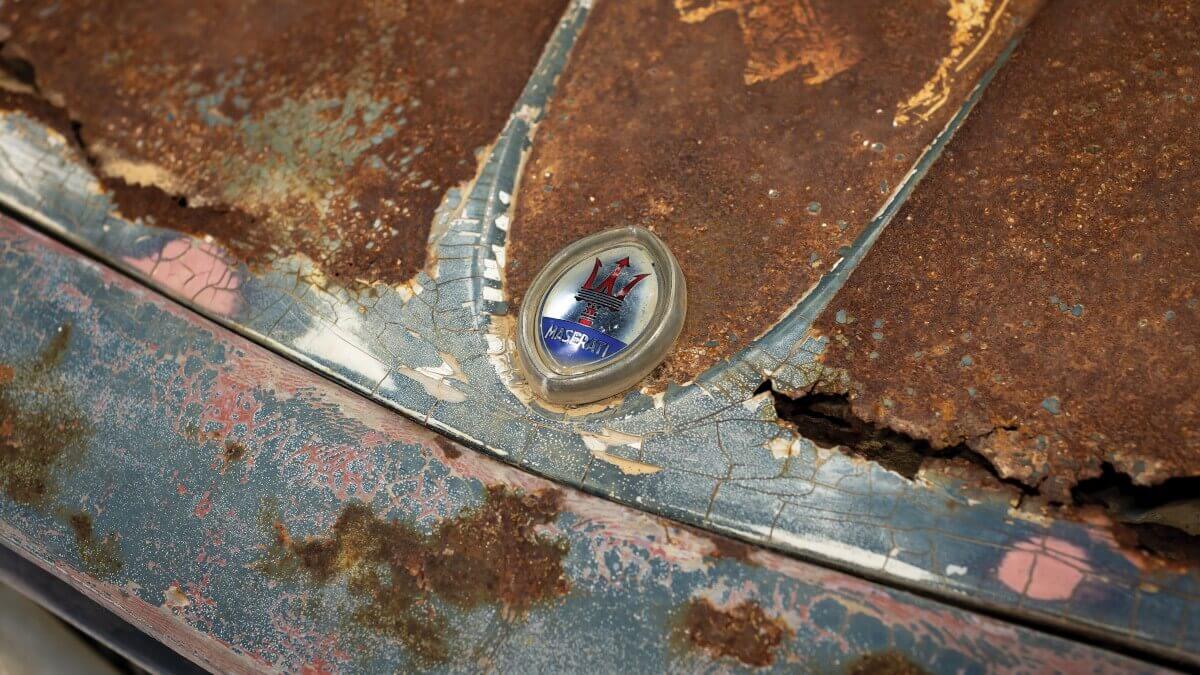

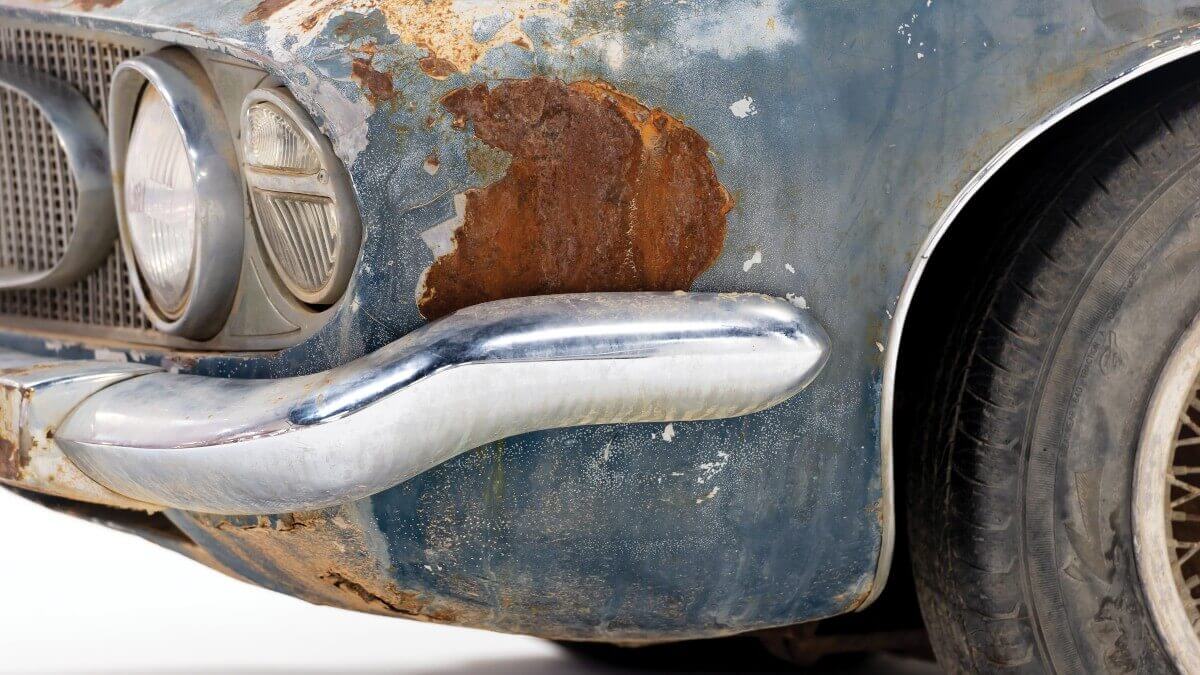

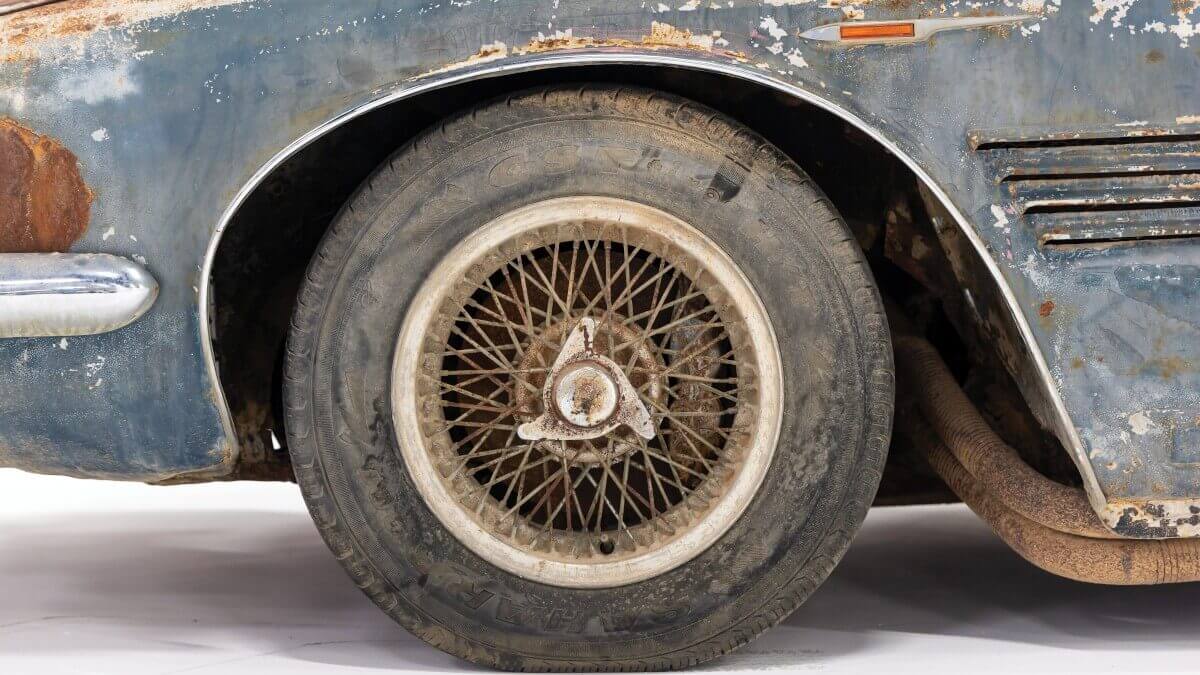

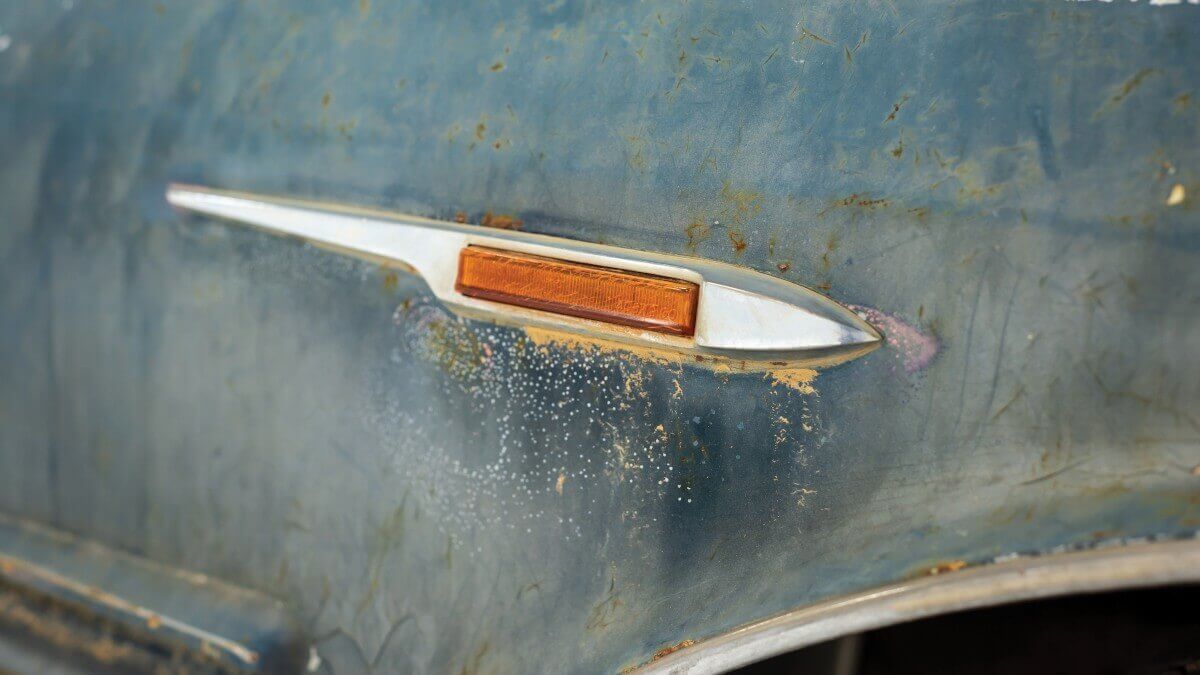

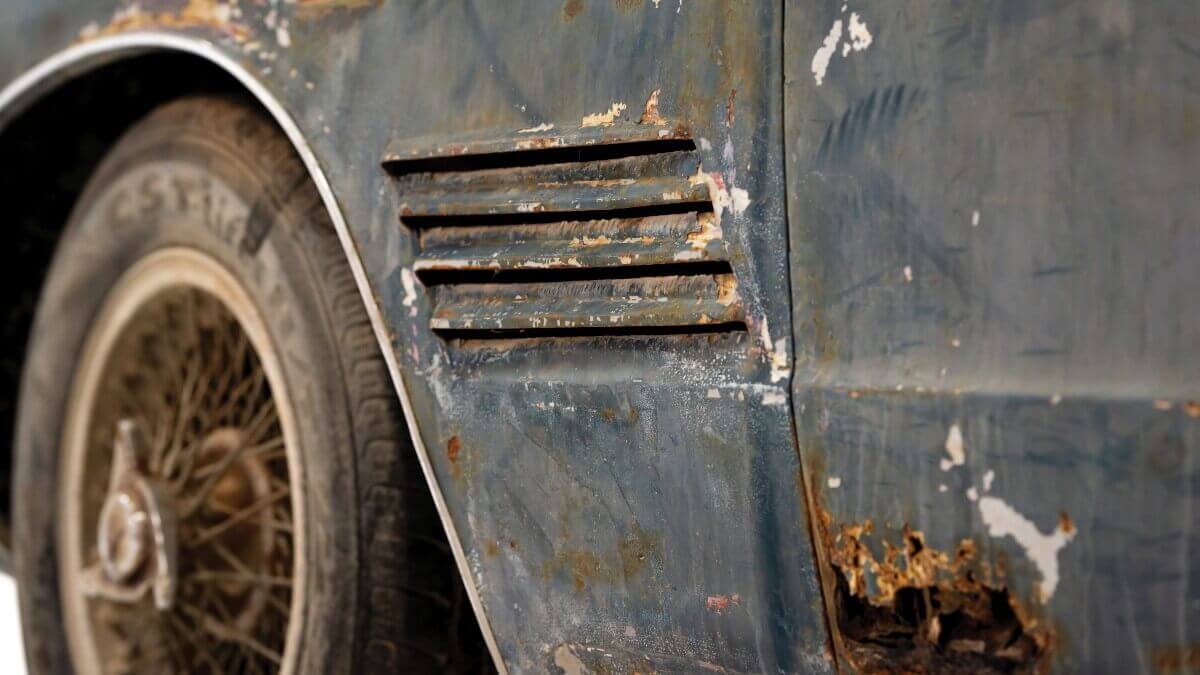

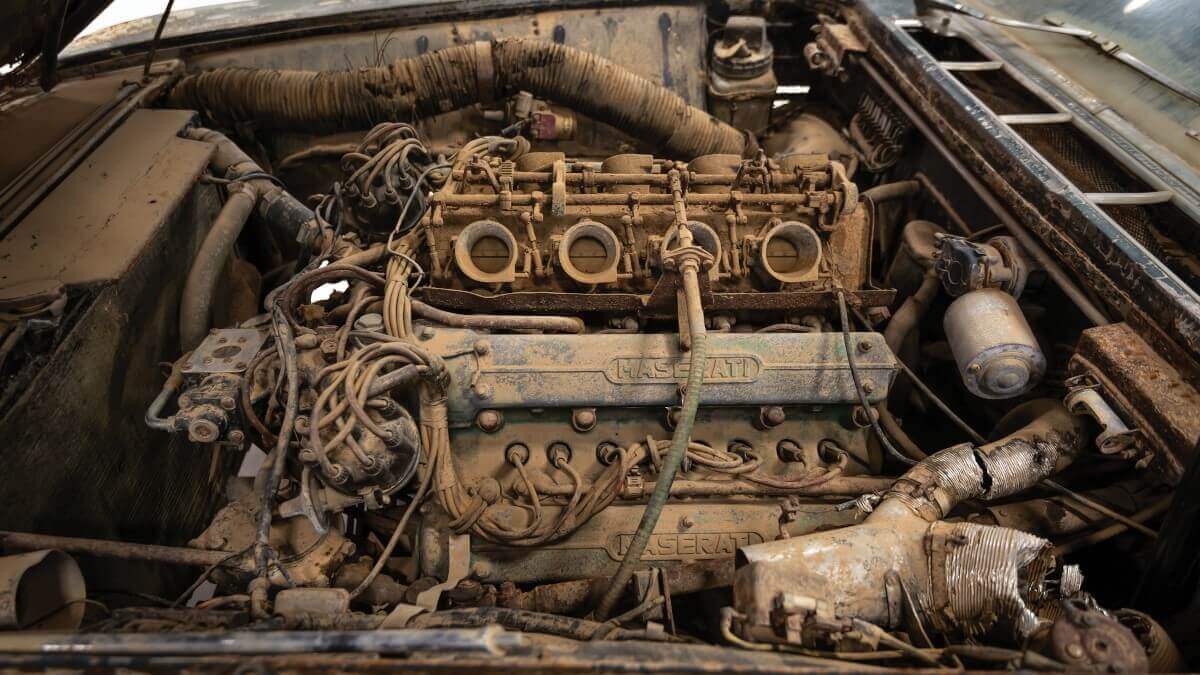

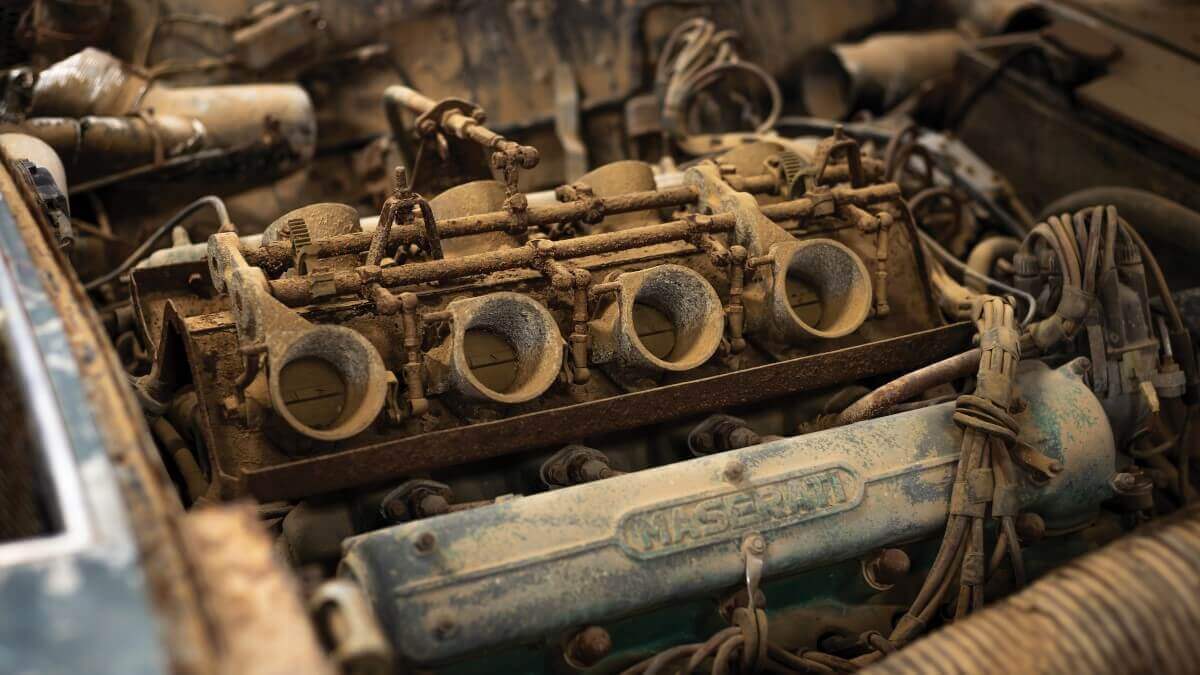

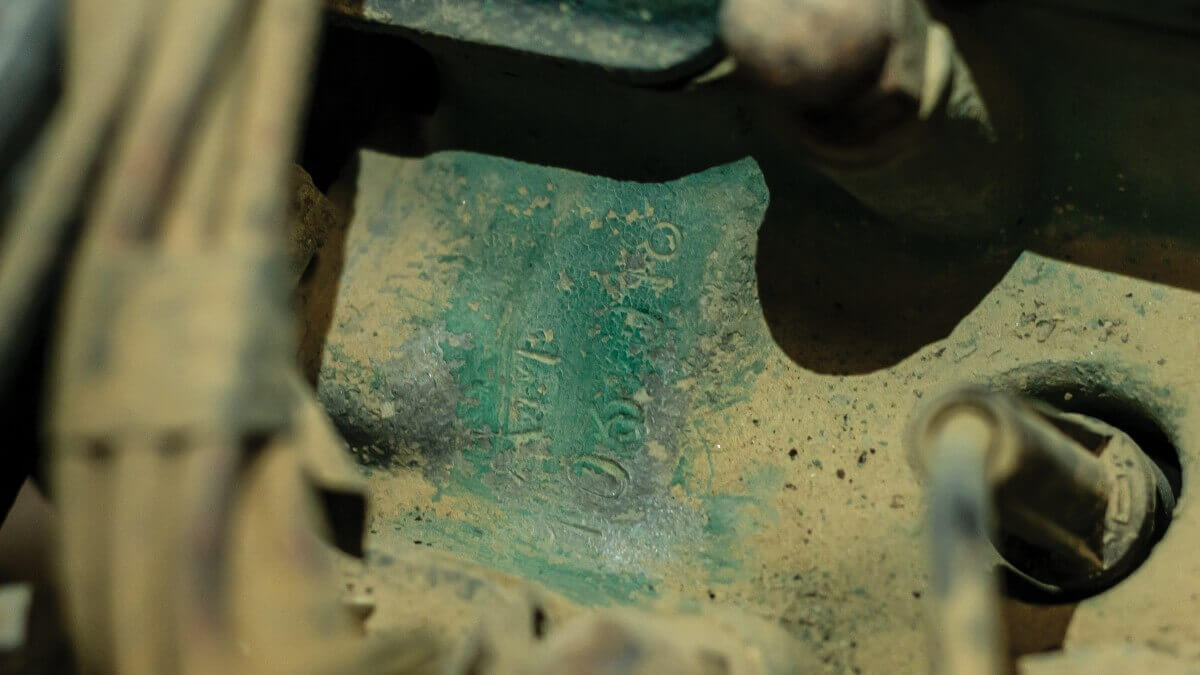

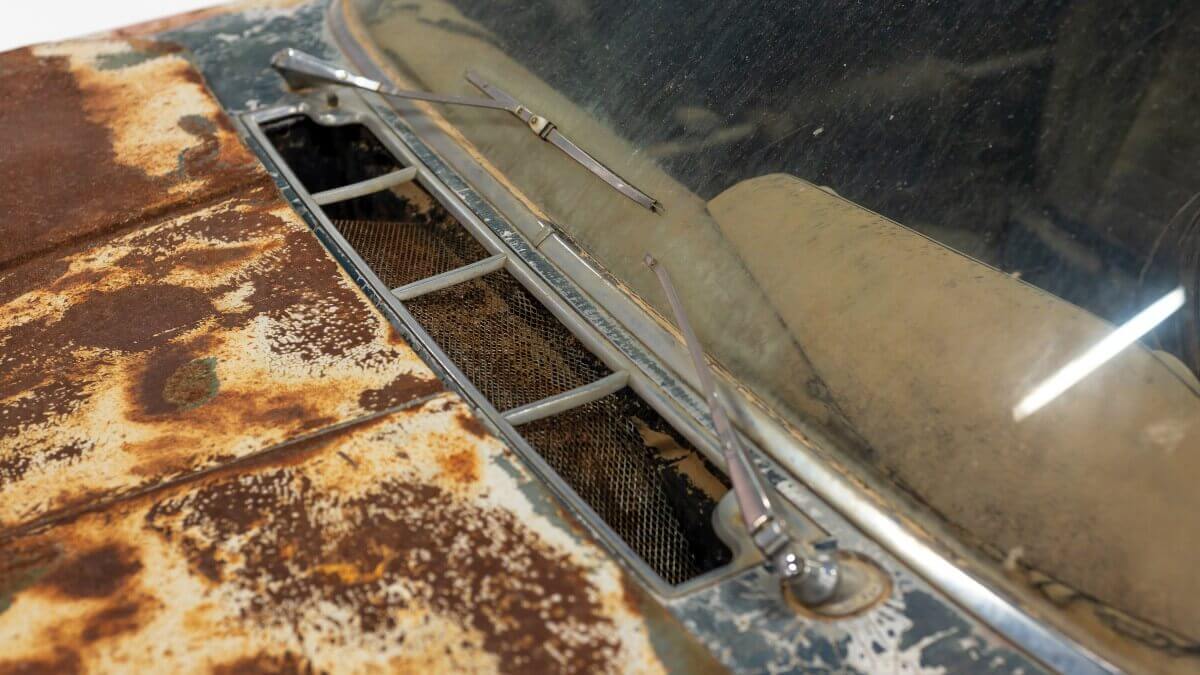

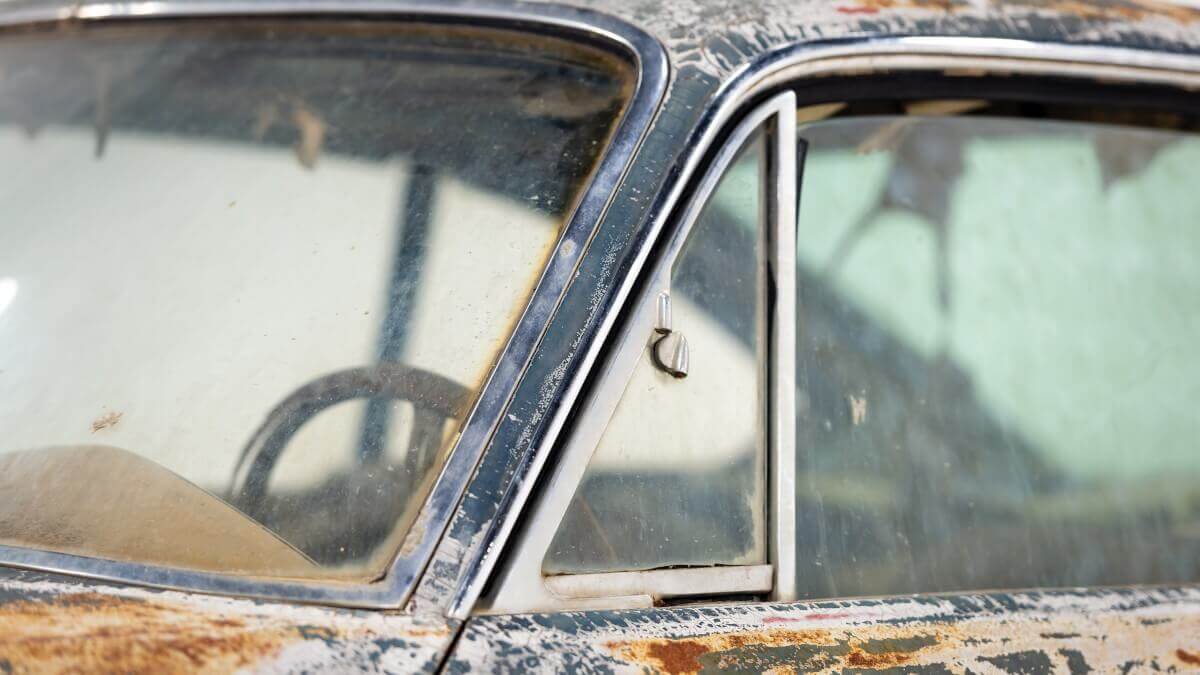

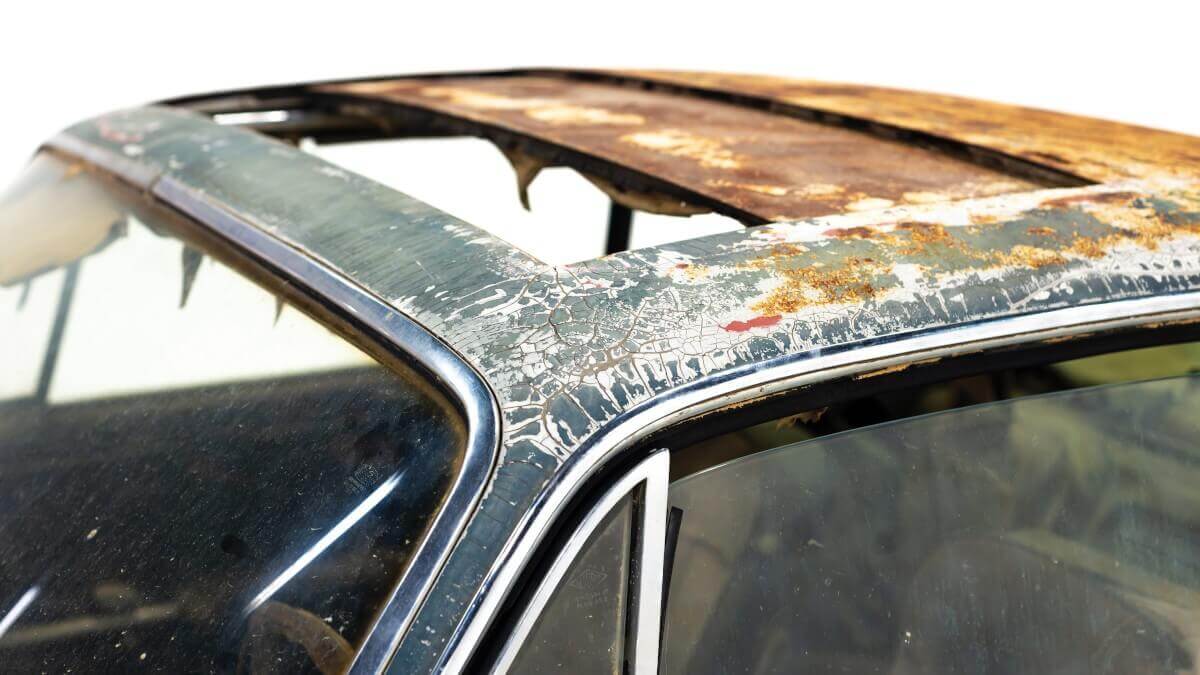

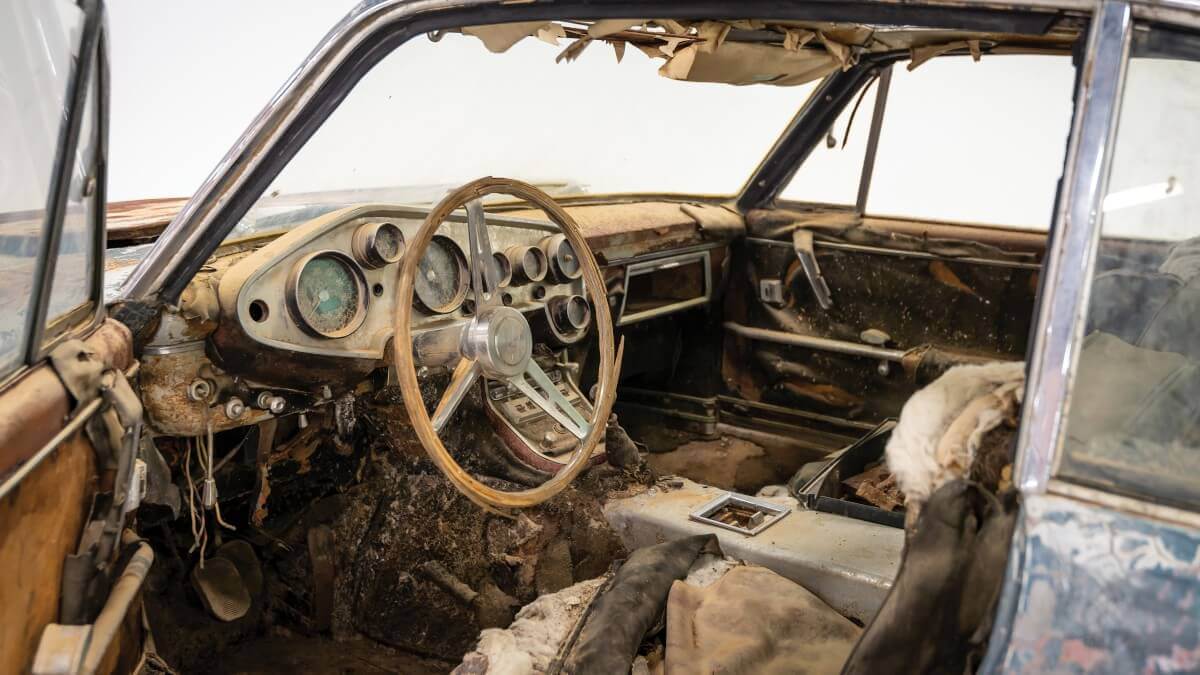

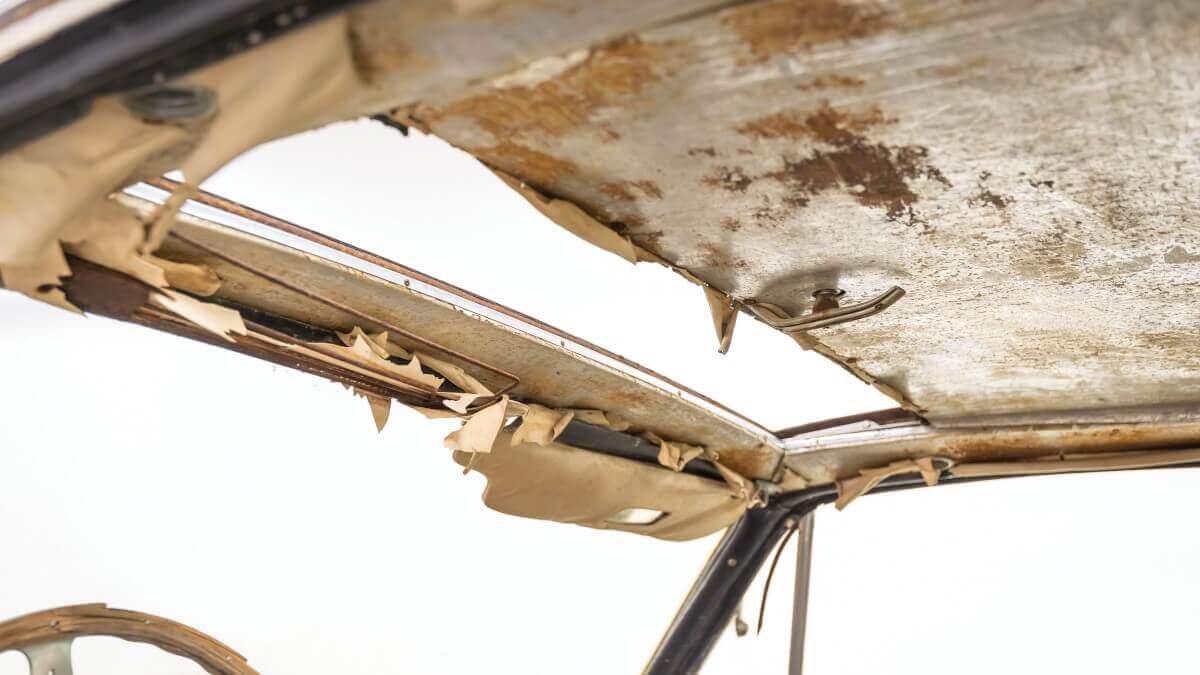

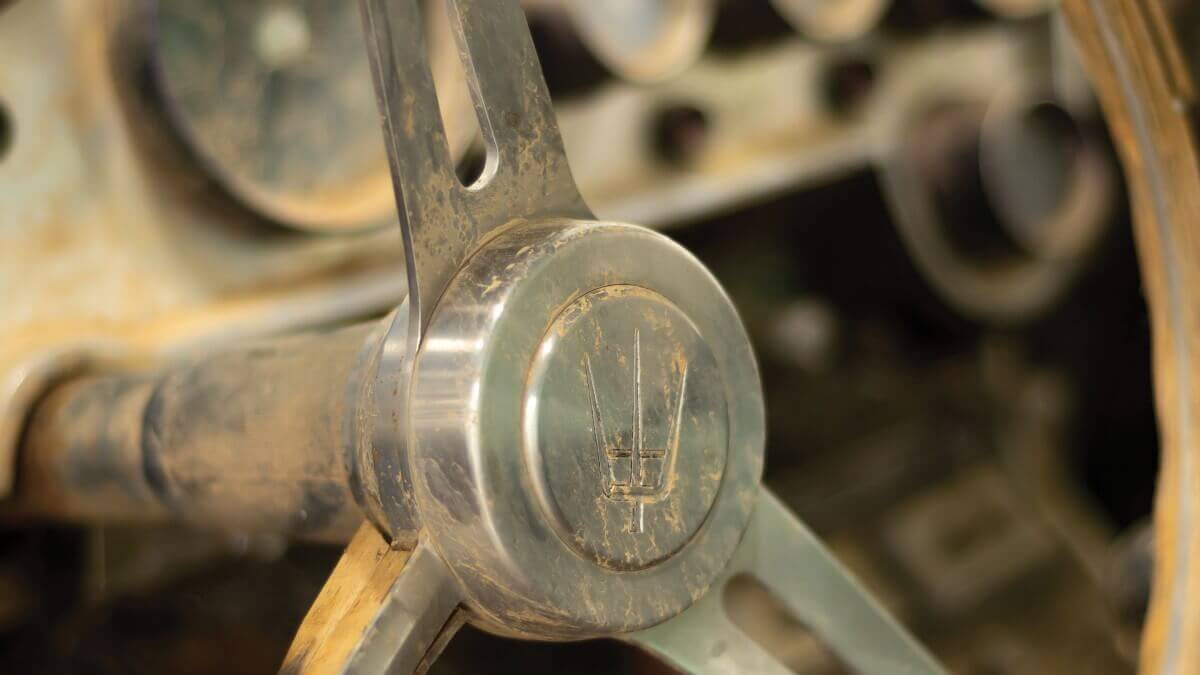

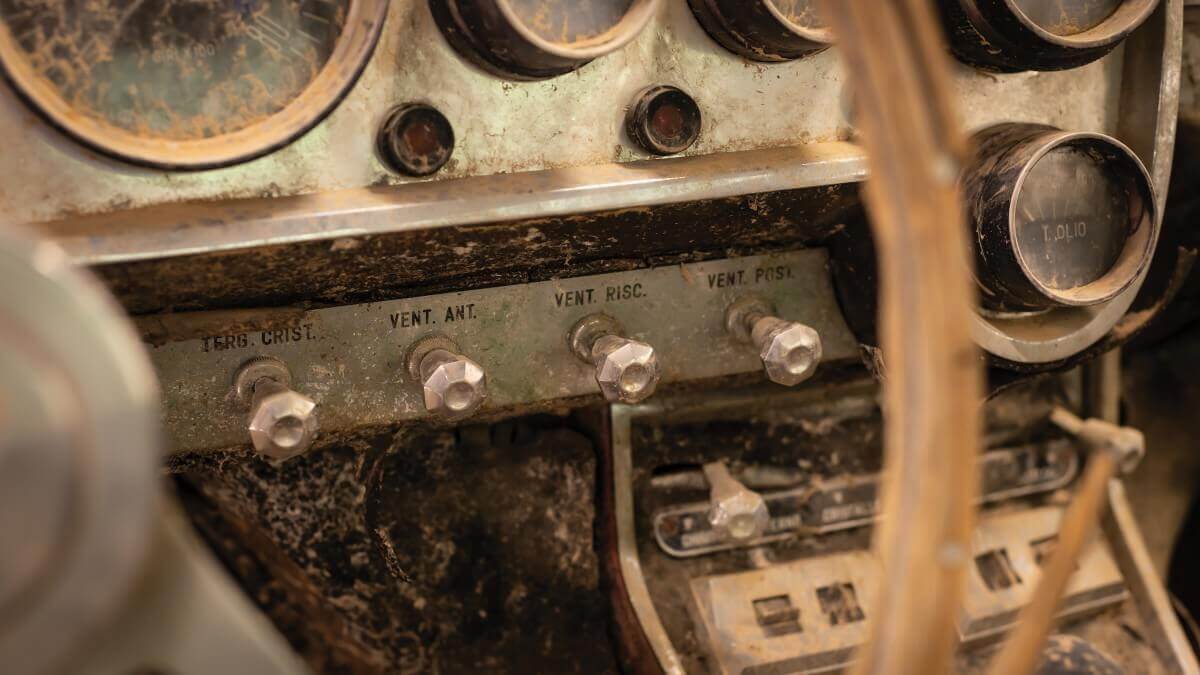

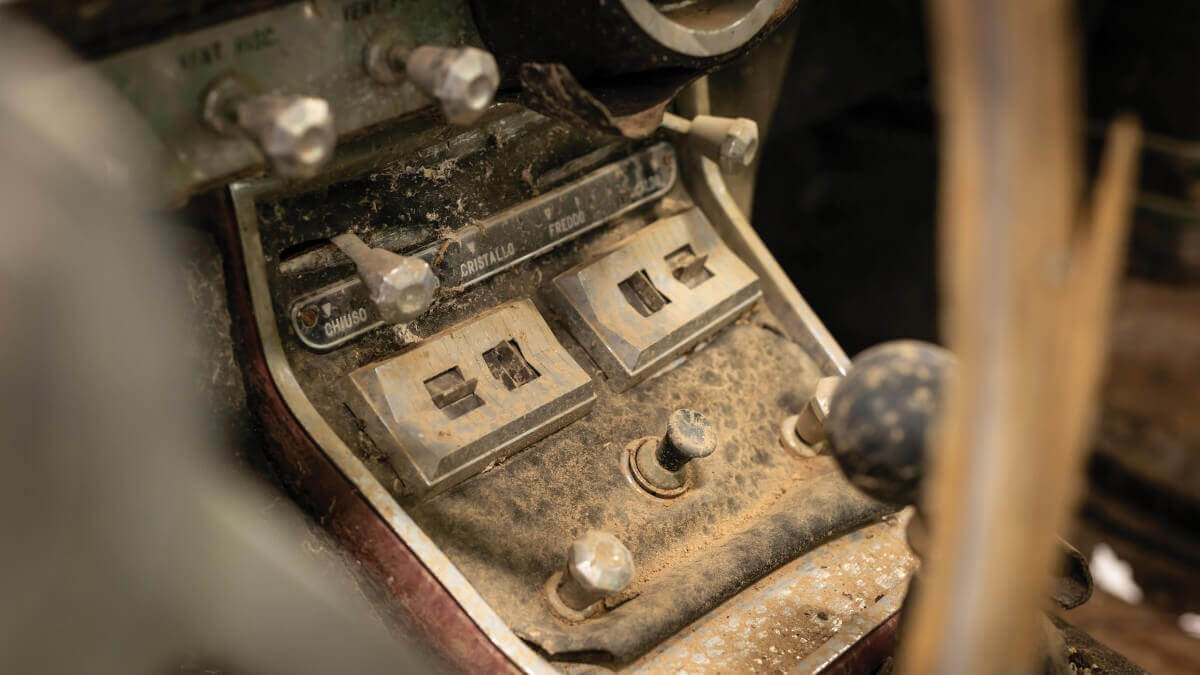

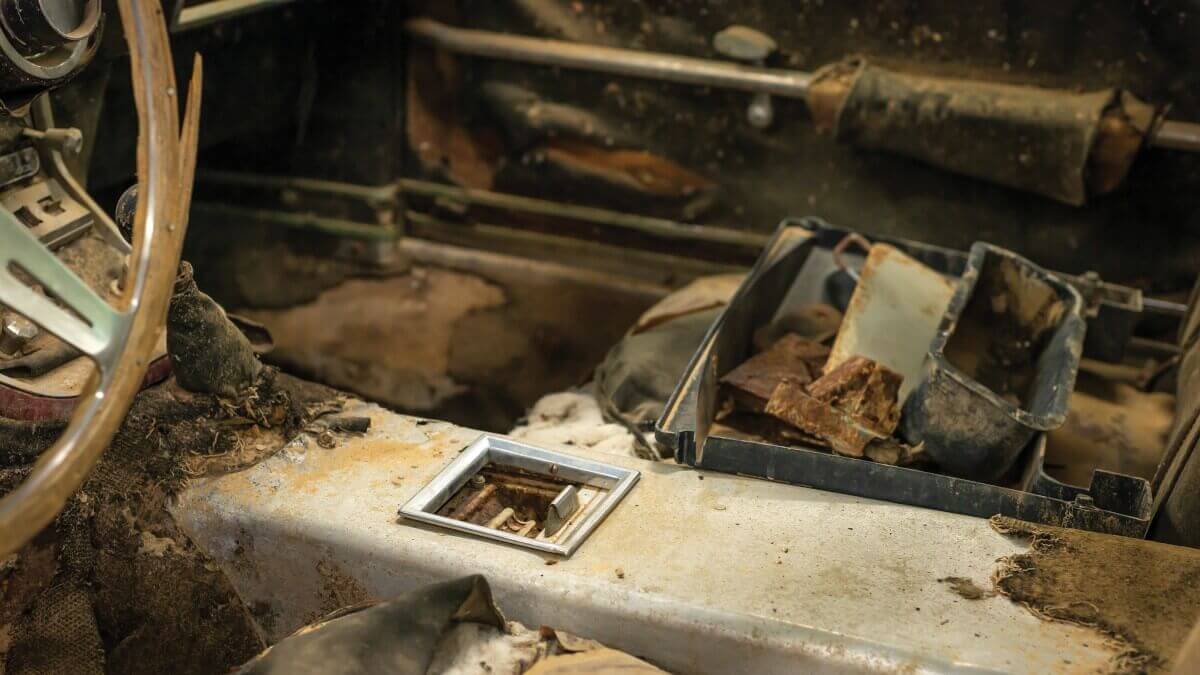

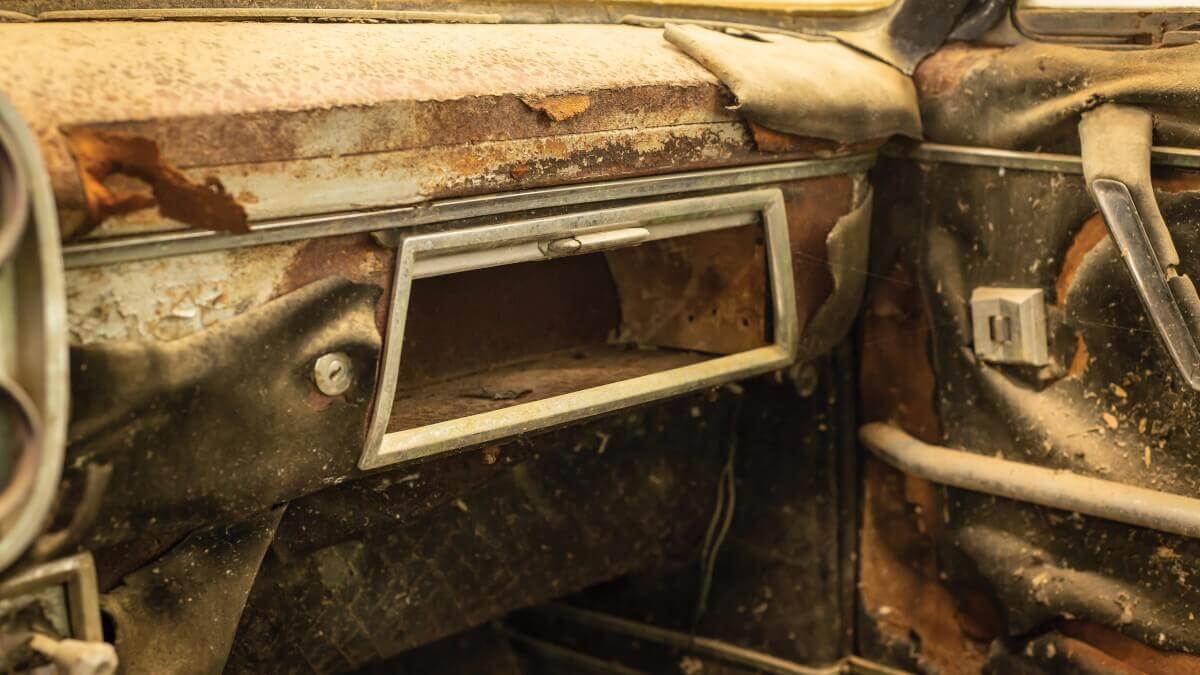

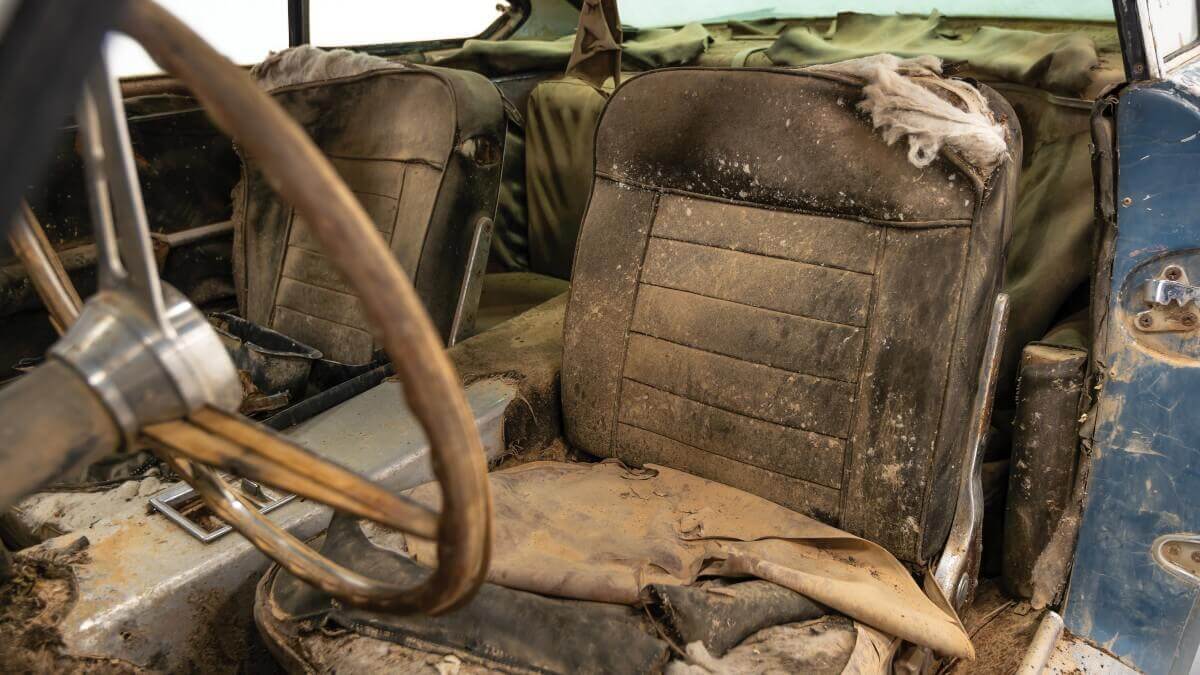

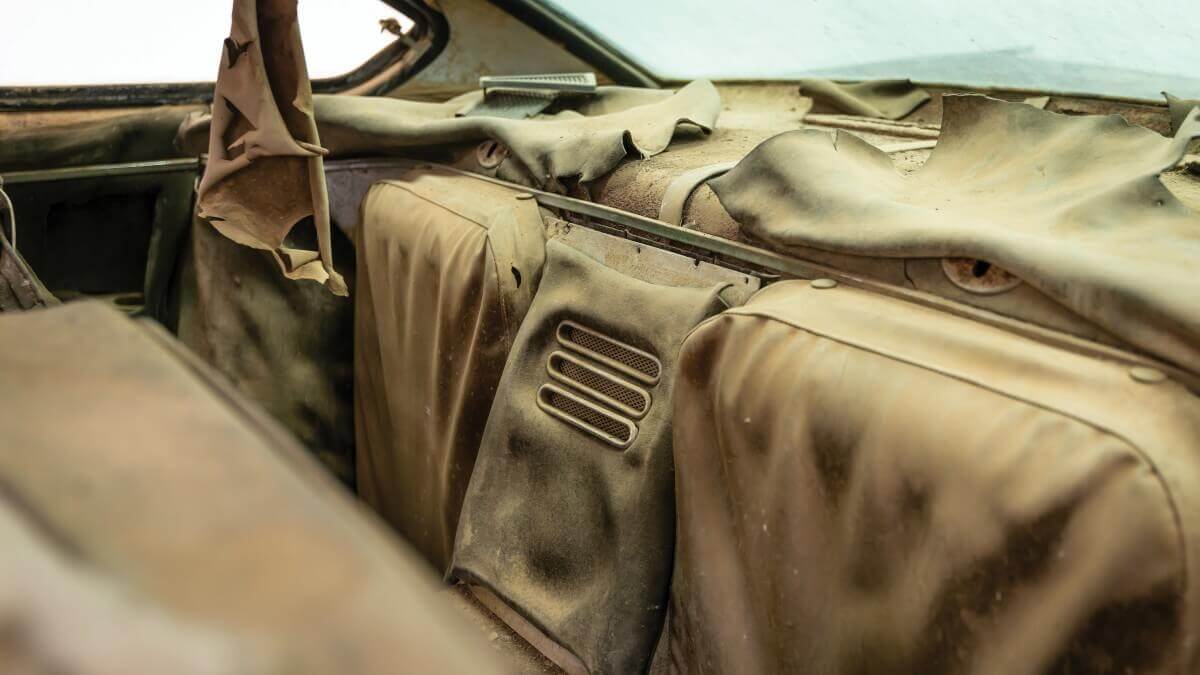

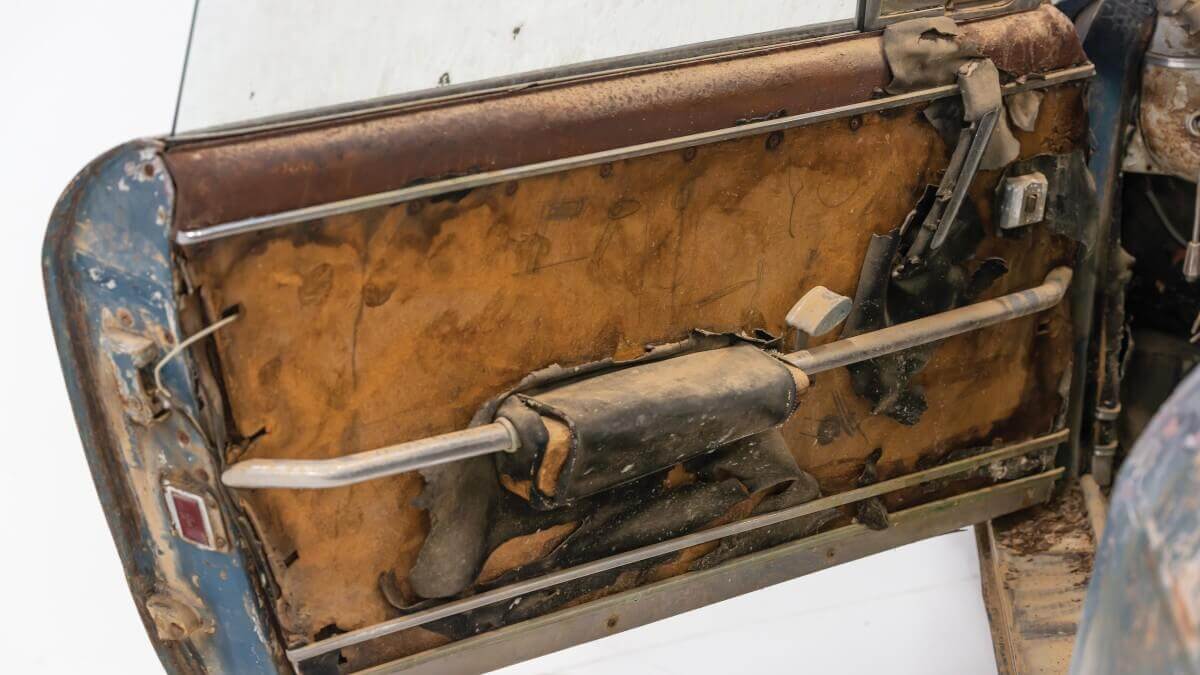

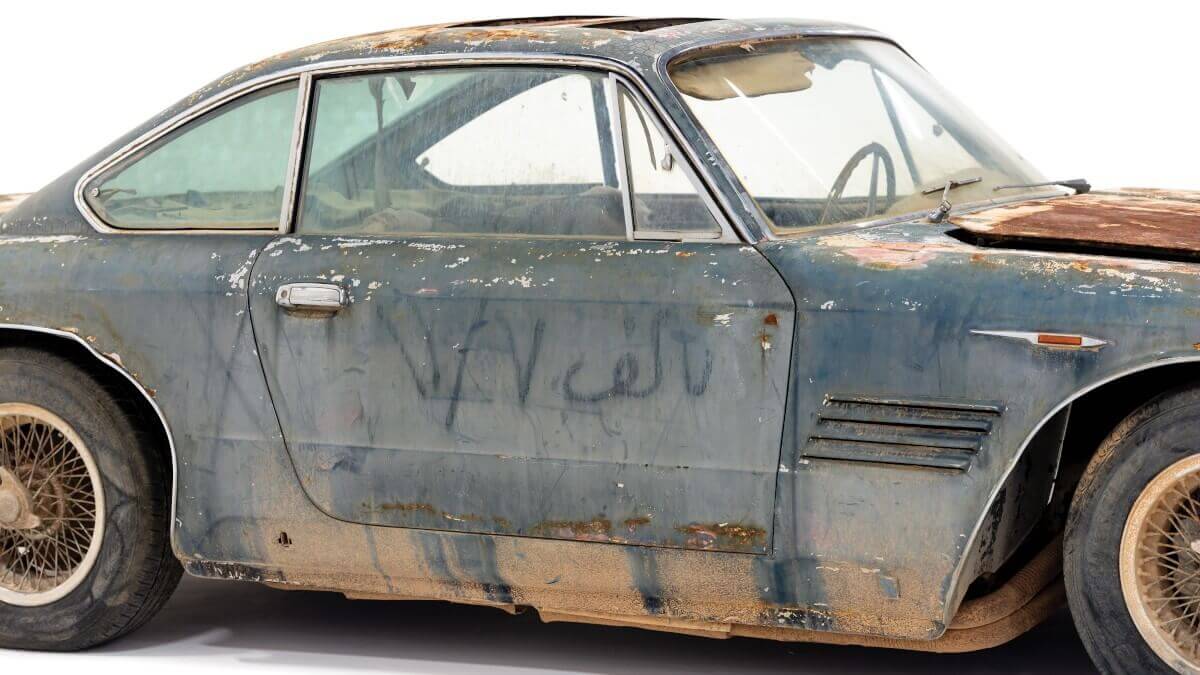

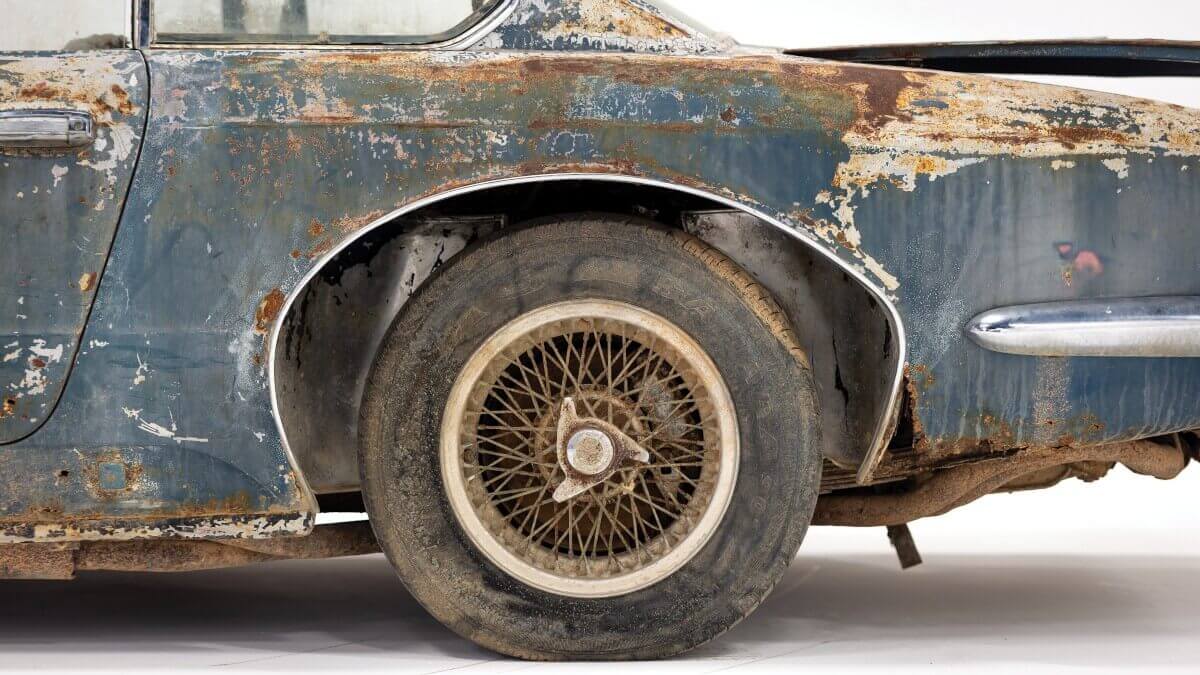

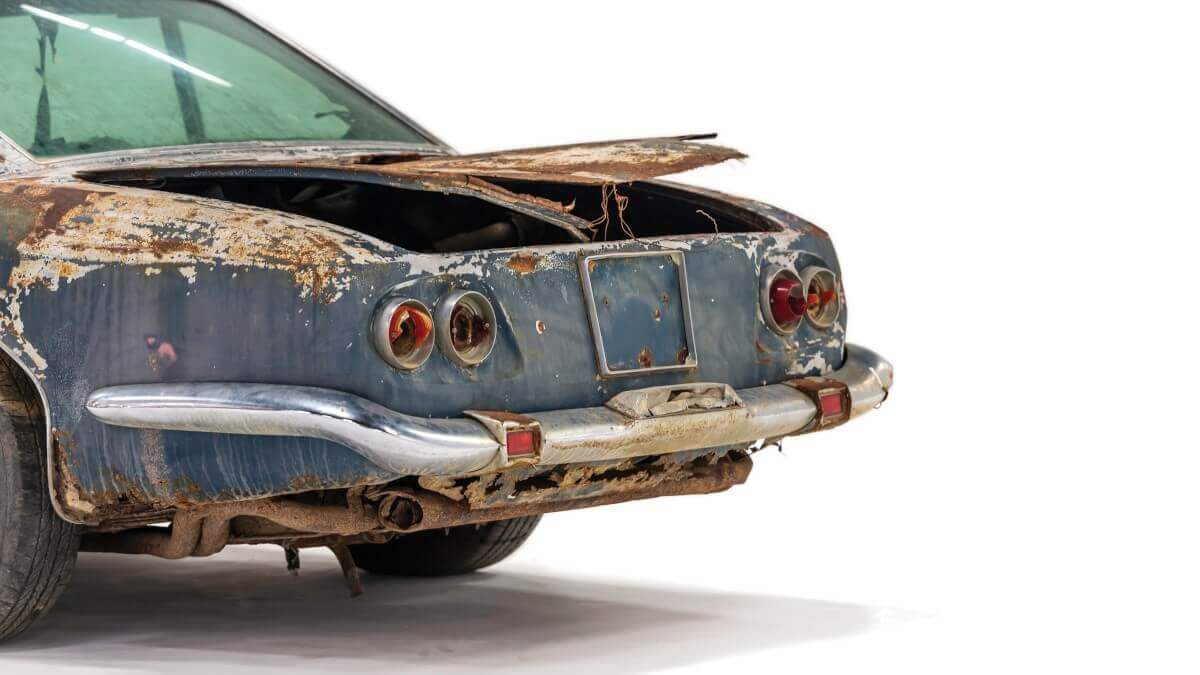

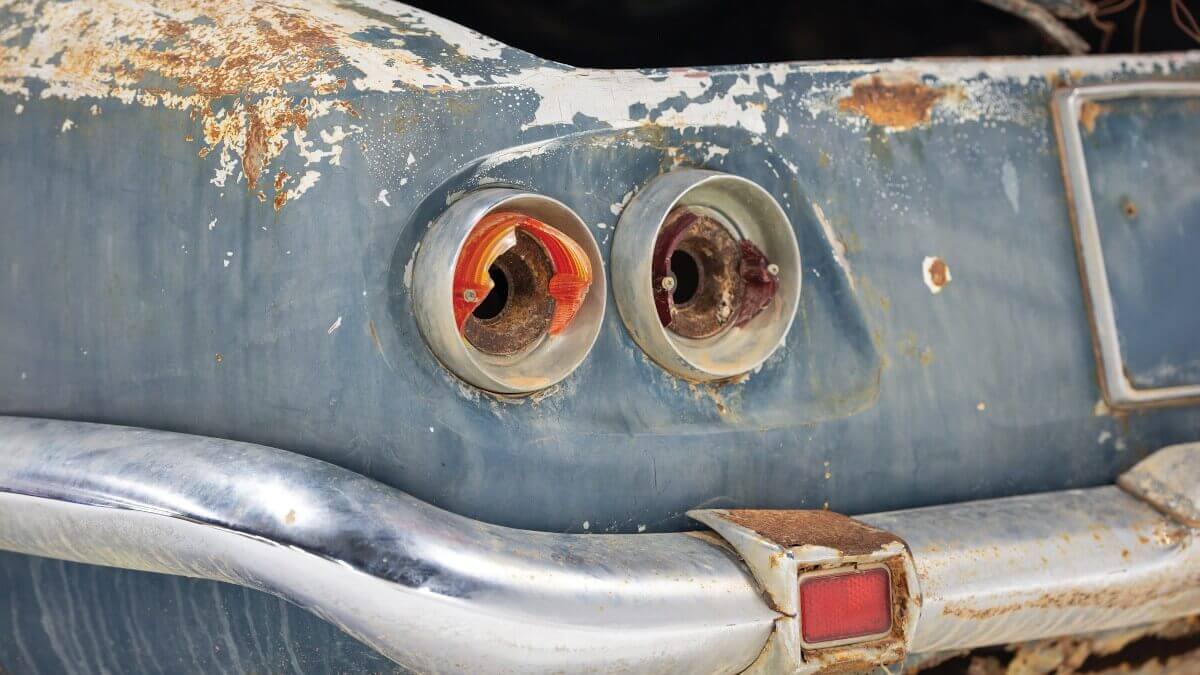

After only a few years Innocenti sold his 5000 GT again. After a few owners in Italy, an enthusiast from Saudi Arabia became aware of the sports car. He acquired and exported the vehicle. However, in the 1960s there was a certain lack of expert service partners in Saudi Arabia. This slowly resulted in a backlog of maintenance. Finally, Rubayan Alrubayan bought the car cheaply in the 1970s and parked it in front of his house. However, he was totally unaware of the car’s historical relevance. Thus, the sports car acquired as a restoration project remained outside, exposed to the elements for decades, nearly unnoticed. After the death of the owner, his heirs decided to bring the wreck inside to not let it go any further. Apparently not too early, because in the meantime, official agencies had already sprayed Arab markings on the passenger door, which say that the car was found abandoned and released for scrapping.
Now RM Sotheby’s is publicly offering this unique Maserati 5000 GT for the first time in more than 50 years during Monterey Car Week. Despite the fact that the car spent so many decades in the open air, it is still very complete. Even the original spare tire is still in the trunk. Only 15,561 kilometers are on the odometer. Due to the rather warm and dry climate of Saudi Arabia, rust through holes are kept within narrow limits. For example, if the Coupé would have been parked in a German backyard, you might have been able to sweep the remaining parts of the car together. Among the remains of the blue paint, which was applied in the mid 1960s, the car also shows some of its original silver paint from its first delivery in 1961. RM Sotheby’s offers this one-of-a-kind project car without a reserve, but hasn’t yet submitted an estimate for the highest bid.
Images: RM Sotheby’s


